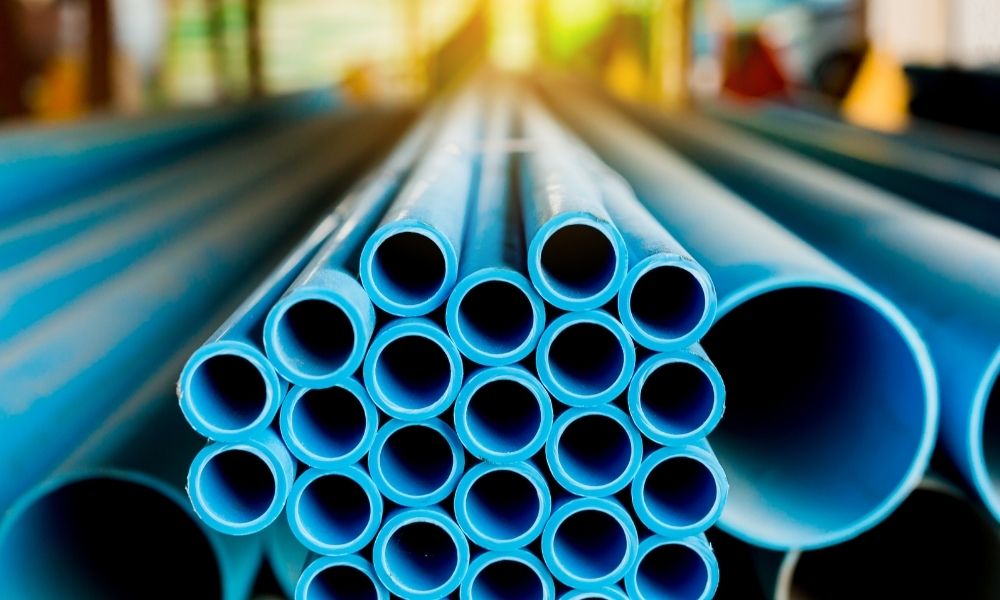How Plastics Impact Economic Growth Over Time

The plastics sector may be frowned upon by many people in the world these days, but the truth is, we wouldn’t know what to do without plastics. Materials suppliers, recyclers, equipment and mold makers, processors, and brand owners only make up a small fraction of those people who dedicate their lives to the production of these products. Without plastics, our modern world would have a hard time functioning as efficiently as it does. To explain further, this is how plastics impact economic growth over time for those interested.
Jobs and Plastic Resources
On average, 993,000 people are employed by the plastics industry each year. That said, 1.7 million jobs depend on plastics manufacturing for businesses to grow and manpower to thrive. That is a huge margin of the world’s population in the grand scheme of things.
Economic Ledger of Plastics
Within the world of plastics, there are over 451 billion dollars circulating in plastics shipments alone every year. With that amount of money, the market for plastics has grown at a rate of five percent since 2000—and between 2000 and 2015 it jumped again from 17 percent to 25 percent of the global share for materials packaging over all other sourced materials available. Thus, from 2012-2018 employment in the plastics industry made a 1.7 percent increase in shares overall, which may not sound like a lot, but the numbers are in the billions.
Renewable Growth Within the Industry
Likewise, within that same time span, plastics saw a 6.1 percent in growth in the industry. Somewhere around 20 percent of plastics used in packaging goods are also reusable and renewable. This provides a strong counter to yet another increase in plastics manufacturing. If the market can lean toward renewable technology, then it can increase its yields and profits yet again.
A world without plastics is unimaginable at this stage in time. The plastics industry doesn’t seem to be hurting financially, but ethically things must change before anything can progress. There have been many efforts to go green and make things biologically friendly with plastics manufacturing—but only time will tell how plastics impact economic growth over time.




